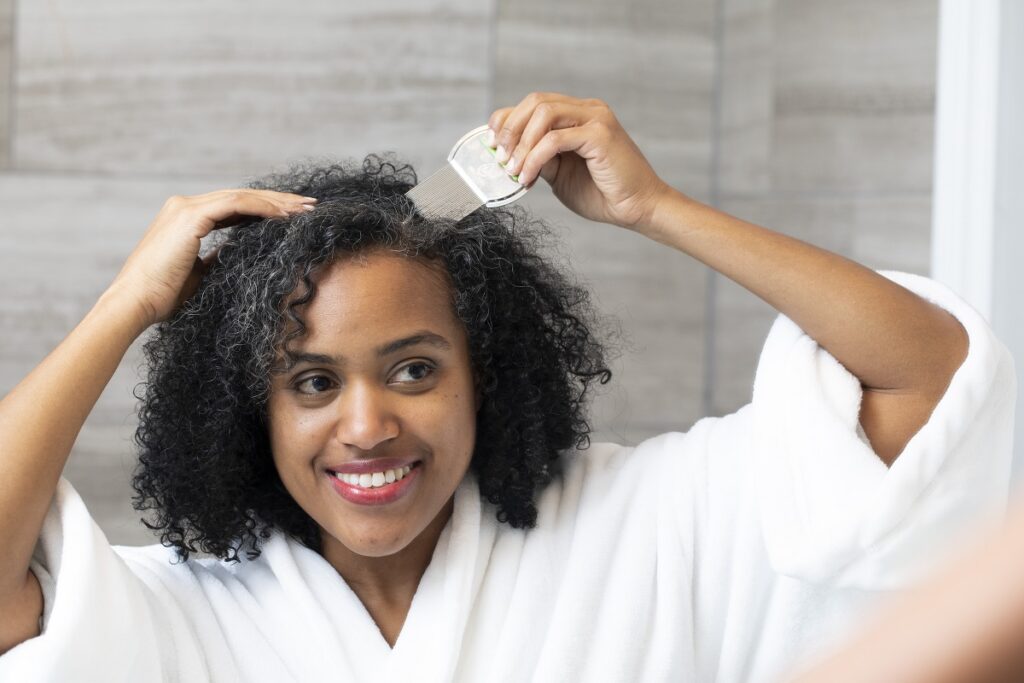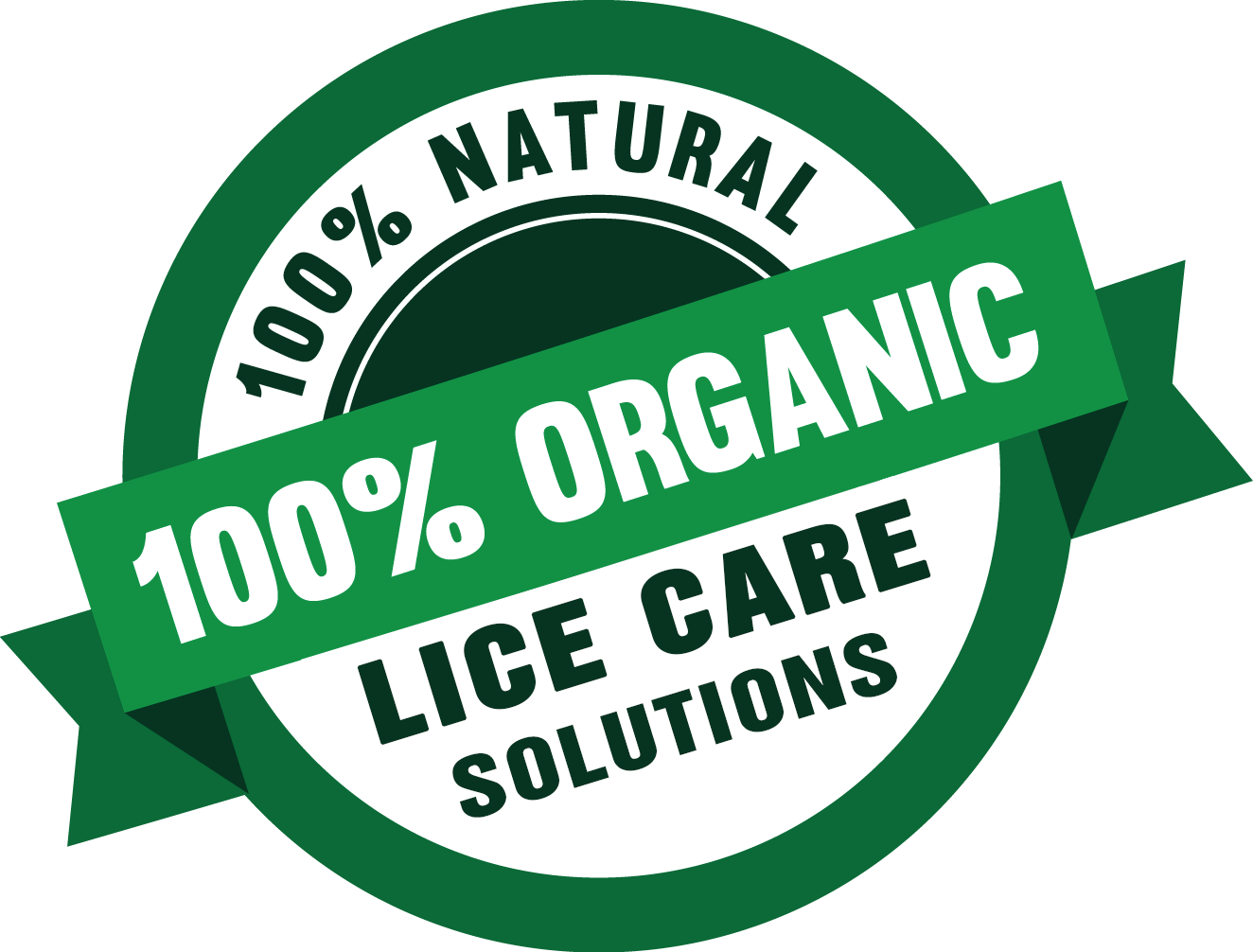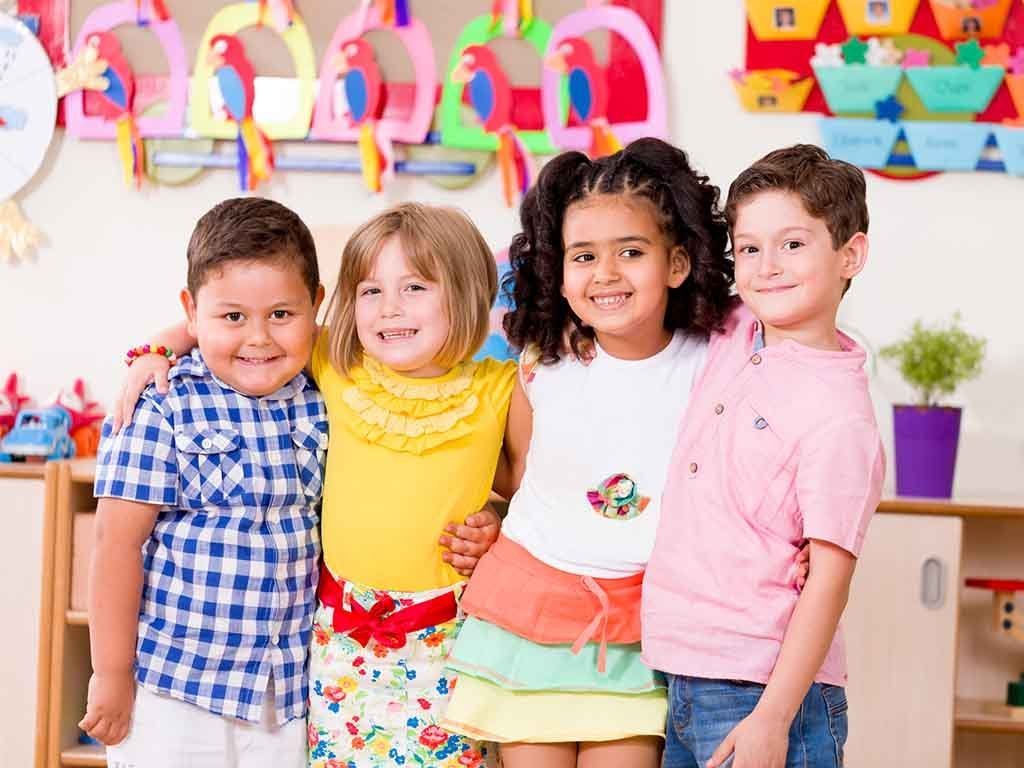Understanding the Head Lice Epidemic
Head lice, those tiny wingless insects, don’t discriminate – they affect around 12 million people in the U.S. annually. Though there’s no specific “season” for head lice, peaks often coincide with kids returning to school after summer and in January. Regardless of socioeconomic status, they primarily infest children aged 3-11, with girls being more susceptible due to longer hair and frequent accessory sharing.
Demystifying Head Lice: Size, Behavior, and Spread
Measuring only the size of sesame seeds, head lice feed on human blood for 4-6 hours daily and lay 4-5 eggs called “nits” near the scalp. They spread through head-to-head contact or by sharing personal items like brushes, combs, accessories, and even bedding. An itchy scalp is a common symptom, though some carriers may remain asymptomatic for 2-4 weeks.
To check for head lice, illuminate your child under bright light, section the hair, and inspect for lice and nits. These are usually found around the ear or nape of the neck. Nits, initially gray or caramel, turn yellow to white after hatching. Adult lice and nymphs are grayish-white or tan.
Preventing Head Lice Infestation
Teaching children not to share head-touching items like hats, scarves, towels, and brushes is crucial. These objects provide a perfect habitat for lice while awaiting an opportunity to infest another head.

Responding to School Reports of Head Lice
If a school reports a head lice infestation:
- Inspect Your Child’s Hair: Examine household items like towels and bedding.
- Check Clothing: Examine clothes worn in the past two days.
- Avoid Head-to-Head Contact: Reinforce the message to your child.
Dealing with Head Lice/Nits: Treatment and Caution
Numerous over-the-counter treatments and home remedies are available, but many contain toxic chemicals. Inexperienced use may lead to missed nits, fostering “super lice” resistance. For family and friends in close proximity, check everyone daily for 10-15 days to prevent further spread.
Halting the Epidemic: Our Collective Responsibility
As parents, educators, and healthcare providers, we share a responsibility to educate children on preventing head lice infestations. By avoiding head-to-head contact and refraining from sharing hair-touching items, we contribute to halting the spread. If you encounter a head lice challenge, our experts are here to guide you.
Schedule an Appointment with Us Today and Ensure Effective Head Lice Removal and Prevention.






